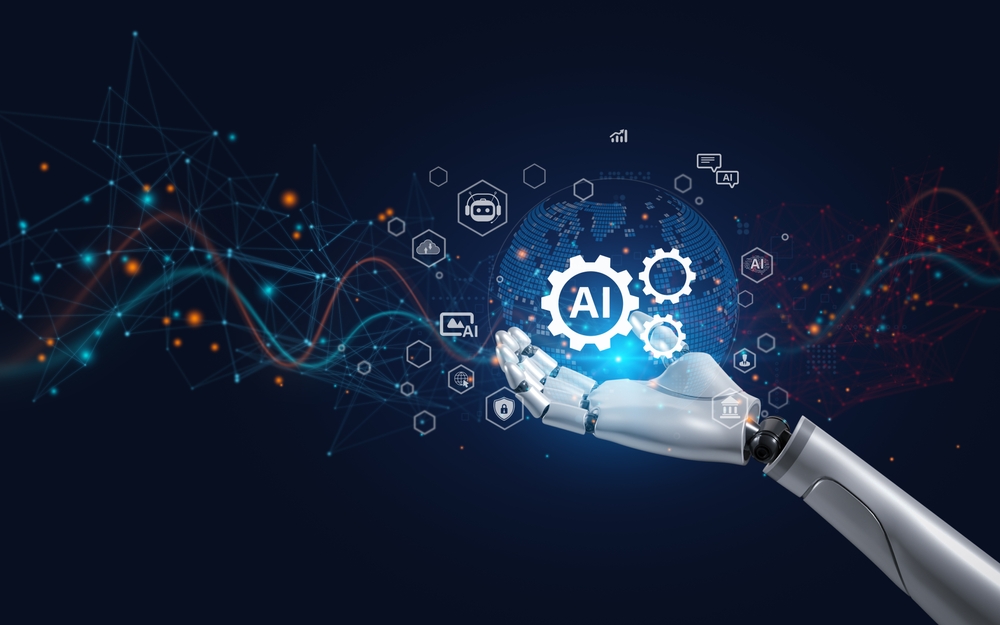
Generative artificial intelligence (GenAI) is transforming the IT service industry. It’s automating tasks, creating content, and analyzing data at unprecedented speeds, and it’s helping countless companies improve efficiency, effectiveness, and customer satisfaction.
But GenAI is far from a plug-and-play solution. It requires a concerted action plan and deep expertise, and it gets more done in the hands of IT professionals who understand the scope of its potential. When it comes to deployment, a well-executed strategy is the difference between business transformation and operational chaos.
We’ve compiled the best approaches for IT service providers considering GenAI deployments at an enterprise level. Let’s unpack a few.
Establish a dedicated GenAI office
To start, you need a dedicated center of excellence (COE). A COE centralizes expertise and resources focused on leveraging GenAI within the organization. This concentration improves research, development, and implementation of GenAI-driven solutions, leading to quicker adoption and seamless integration of AI technologies into IT services.
A COE also facilitates collaboration and knowledge sharing among experts, both internal and external. This fosters innovation and best practices in applying AI. The outcomes? Enhanced service efficiency, higher customer satisfaction, and considerable business competitiveness are a few.
A strategic focus enables the creation of tailored AI solutions to improve service delivery, automate routine tasks, reduce operational costs, and drive revenue growth. It also positions IT service providers at the forefront of technological advancement so their clients can embrace a GenIT infrastructure.

Put GenAI to Work Effectively
By implementing GenAI in targeted areas, IT service providers can quickly realize tangible benefits. The value of implementation showcases itself, allowing for broader AI integration across a host of operations:
- Automate repetitive tasks. GenAI is effective in automating mundane, repetitive tasks within IT services. It can generate reports, write documentation, and respond to inquiries, freeing up valuable human resources for more complex initiatives.
- Create personalized content. GenAI can produce personalized, tailored content such as training materials, user guides, and marketing resources. This capability not only saves time and effort but also ensures the content is optimized for the specific audience, enhancing engagement and effectiveness.
- Analyze data and identify trends. GenAI excels in analyzing vast amounts of data and recognizing trends. For IT service providers, this means improved services, a better understanding of user needs, and the ability to distinguish new business opportunities.
- Establish the initial proof of concept in IT operations. For immediate impact — and to demonstrate the value of GenAI — functions like the service desk, operations and monitoring, and technical support can benefit greatly from AI automation.
These applications are the low-hanging fruit business leaders need to get an edge in the market. They offer a quick and demonstrable path to leveraging GenAI for immediate impact — and long-term efficiency gains.

Identify Opportunities
IT service providers also need a plan for use-case implementation. Demonstrating the ability of GenAI isn’t enough. Enterprise organizations want to see strategies that address the unique challenges they face. Here, the best approaches will be more focused on implementation:
- Generate code and test scripts. Creating code and test scripts can accelerate software development and testing, helping companies with everything from product development to process automation.
- Create and update documentation. GenAI can generate and update user guides, technical documentation, and training materials. This ability helps improve the quality and accuracy of critical resources and reduces the time required to produce and update them.
- Resolve customer issues. Chatbots can be useful for almost any organization. When fully integrated into the software architecture, GenAI can resolve issues more quickly and efficiently for customer-facing touchpoints and behind the scenes.
- Identify and solve potential problems. GenAI has powerful data analysis potential and can recognize possible problems before they occur. This capability can help IT service providers prevent outages and other disruptions affecting their customers.
Identifying and prioritizing use cases should be based on the initial discovery strategy for AI. IT service providers should acclimate customers to GenAI’s abilities and then tie them to integrated, functional applications.

A clear-cut approach To implementation
Successful adoption of a GenIT architecture will depend on recognizing and capitalizing on the GenAI opportunities. Businesses should employ a threefold approach:
- Identify the right use cases/opportunities where the technology can add value.
- Invest in the right tools and resources to build a functionally integrated GenAI solution.
- Leverage a team of experts to implement and manage a GenIT strategy.
Enterprise organizations have countless opportunities to harness the power of GenAI. An effective implementation calls for a confident approach, knowledgeable execution, and an IT service provider that can bridge the gap between expectations and reality. Whether it’s one niche use case or a broad-scope integration that transforms every aspect of operations, your strategy matters as much as the technology.
Learn more about how to mobilize your GenAI strategy at windzr.com.

